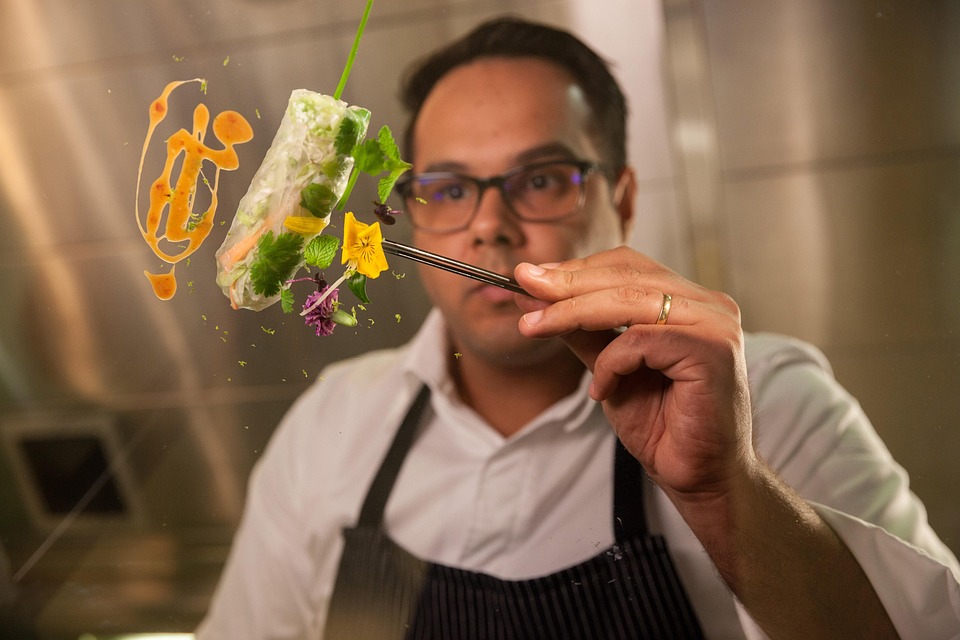The Global Influence of Michelin Stars: A Culinary Tour by Country
The Michelin Guide, originally created to encourage road travel in France, has transformed into a prestigious authority in the culinary world. The award of Michelin stars has become synonymous with exceptional cuisine, creativity, and dining experiences. This article explores the global influence of Michelin stars, highlighting how various countries have embraced and interpreted this recognition, influencing culinary innovation and tourism.
Origin and Evolution of the Michelin Guide
The Michelin Guide was first published in 1900 by the Michelin tire company, intended as a travel guide to promote car usage in France. It gradually evolved to include restaurant reviews, with the first Michelin stars awarded in 1926. Over the years, the guide expanded internationally, establishing itself as a global standard for fine dining.
France: The Birthplace of Michelin Stars
As the cradle of haute cuisine, France remains at the heart of the Michelin experience. The French culinary tradition emphasizes technique, presentation, and innovative flavors. Chefs such as Alain Ducasse and Joël Robuchon have become legends, raising the bar for French gastronomy. The Michelin star is a mark of excellence that not only elevates chefs but also attracts gastronomes from around the world to dine in France.
Japan: A Fusion of Tradition and Innovation
Japan holds a unique place in the Michelin landscape, boasting the most starred restaurants of any country, with Tokyo leading the world. Japanese cuisine emphasizes umami, seasonal ingredients, and meticulous presentation. The stars awarded to sushi bars, ramen shops, and kaiseki establishments showcase the diversity and depth of Japanese culinary artistry. The global fascination with Japanese food has led to increased tourism and interest in culinary techniques such as sushi making and ramen crafting.
Italy: A Culinary Renaissance
Italy’s strong regional cuisines and emphasis on quality ingredients have made it a strong contender on the Michelin stage. Cities like Milan and Florence are home to restaurants that honor traditional Italian recipes while incorporating modern techniques. The Italian Michelin landscape celebrates authenticity, with stars awarded to osterias and trattorias, alongside fine dining establishments. The focus on local sourcing and sustainability resonates with global diners, elevating Italy’s culinary reputation.
Spain: The Avant-Garde Approach
Spain has emerged as a culinary powerhouse, particularly known for its avant-garde approaches to traditional dishes. Chefs like Ferran Adrià and José Andrés have pushed boundaries, earning Michelin recognition for their innovative techniques and concepts. The amalgamation of traditional flavors and modern culinary practices attracts tourists eager to experience Spain’s gastronomic evolution, from tapas bars to Michelin-starred fine dining.
United States: A Melting Pot of Cultures
The United States has embraced the Michelin guide as it expands its culinary identity, with cities like New York, San Francisco, and Chicago showcasing diverse culinary offerings. The U.S. restaurant scene reflects a fusion of global influences, where innovation meets tradition. The Michelin star has become a coveted accolade for American chefs, with an emphasis on diversity and creativity, whether it’s in high-end or casual dining settings.
The Impact of Michelin Stars on Culinary Tourism
Michelin stars have a profound effect on culinary tourism. Restaurants awarded stars often see a surge in reservations and media attention, creating a cycle of recognition and success. Travelers are increasingly planning trips around dining experiences, leading to a greater appreciation for local cuisines and culinary culture. Michelin-starred restaurants often host classes and tastings, allowing tourists to engage with chefs and learn about culinary traditions directly.
The Future of Michelin Stars
As culinary landscapes evolve, the Michelin Guide faces new challenges and opportunities. With increasing awareness of sustainability and ethical dining practices, there’s a growing movement toward recognizing restaurants committed to these principles. The guide’s emphasis on inclusivity, diversity, and dining experiences beyond luxury is reshaping its narrative.
Conclusion
The Michelin star system has indeed set a global standard for culinary excellence. Its influence transcends borders, celebrating the art of cooking while driving culinary tourism and creativity around the world. From the refined techniques of France to the innovative flavors of Japan and the exuberance of Spain, the impact of Michelin stars continues to inspire chefs and food enthusiasts alike. As we look to the future, the Michelin Guide remains a beacon for gastronomic exploration, encouraging a deeper appreciation for the rich tapestry of global cuisine.



